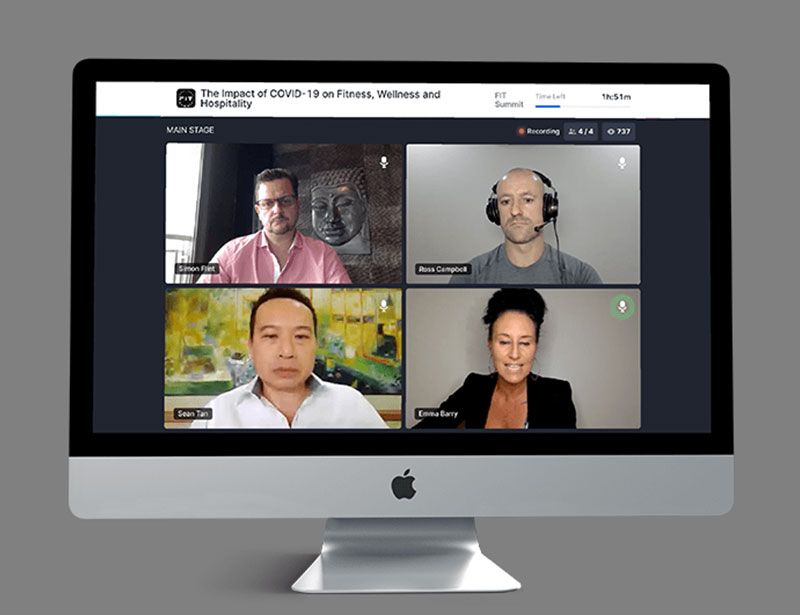
The future of trade events
Forced by COVID-19 to abandon their usual in-person formats, the organisers of fitness conferences and trade shows quickly switched to an online model in 2020. Does this mark the beginning of the end for events and networking as we know it?
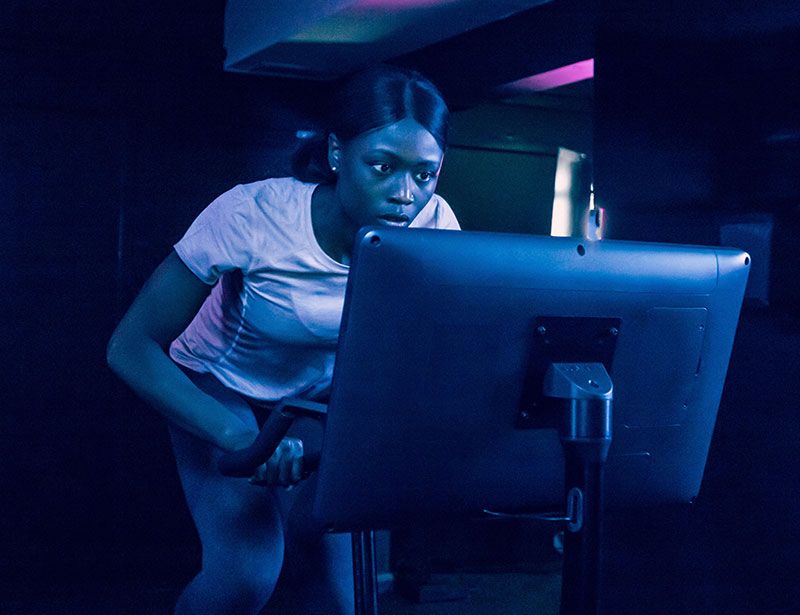
A new spin on hotel fitness
As the demand for wellness travel grows, so cycling is surging forward as a key component of hotel-based fitness. Kate Cracknell reports
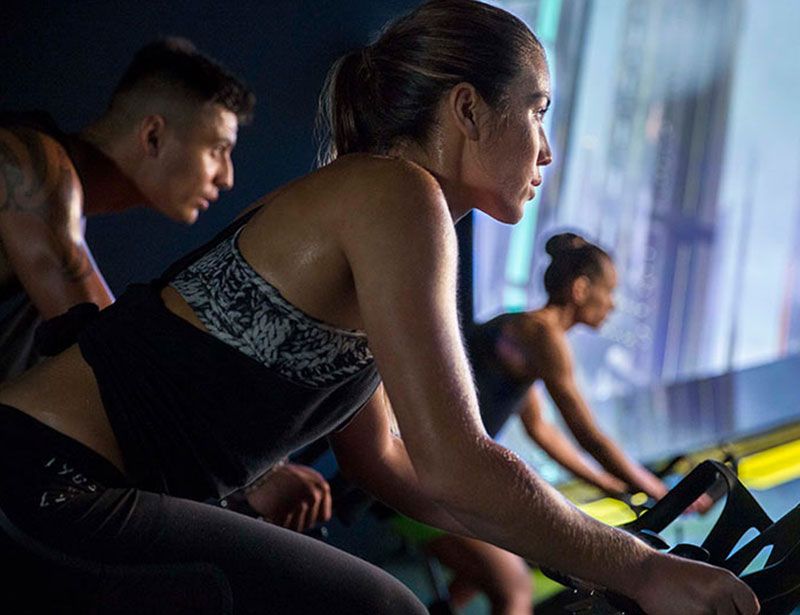
Style / substance
Is there a problem of style over substance in cycling studios around the world? We ask our expert panel Noël Nocciolo Independent indoor cycling master trainer & studio consultant Founder, Boutique Fitness Talks
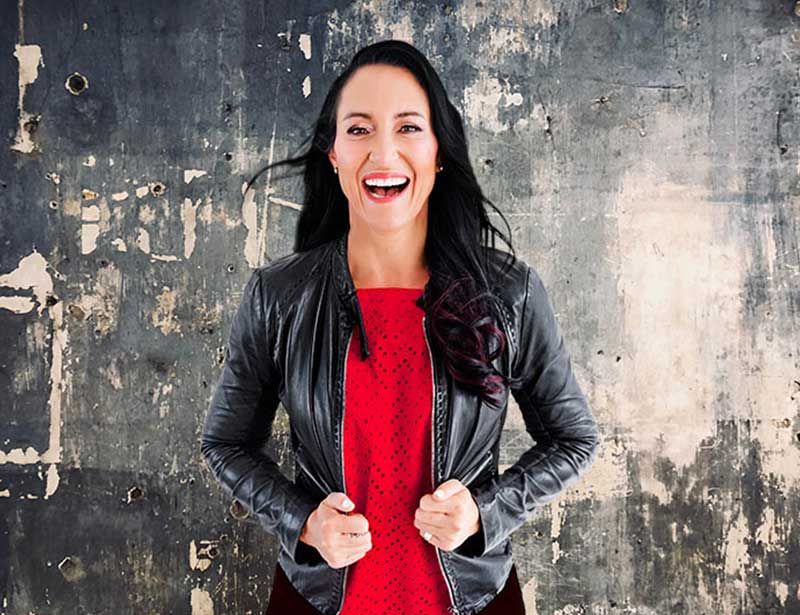
Cycling Takeaways
In the second of a two-part series exploring the boom in at-home indoor cycling, global fitness industry observer Emma Barry shares 15 thought-provoking insights into current trends – and the shape of the future
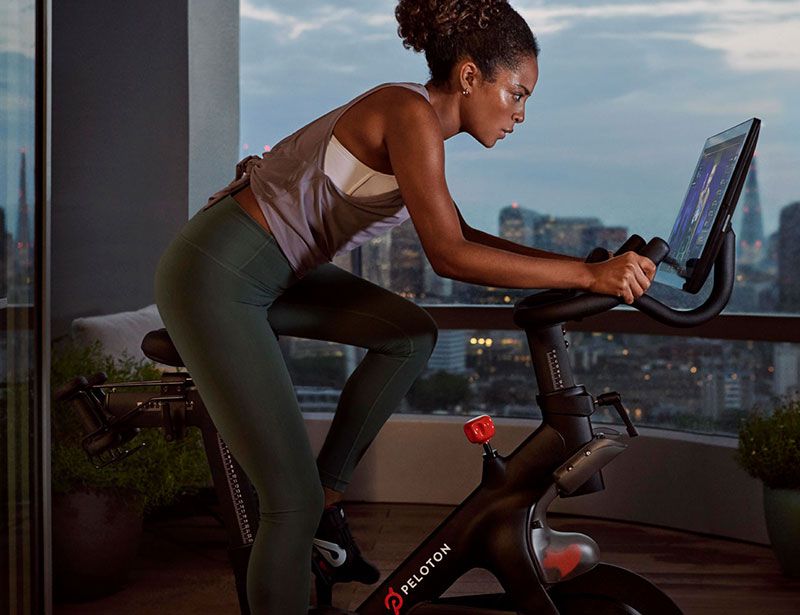
Home Delivery
From IPOs to product launches to new content streaming partnerships, the world of at-home cycling is hot hot hot – and it’s only just getting started. Kate Cracknell reports.
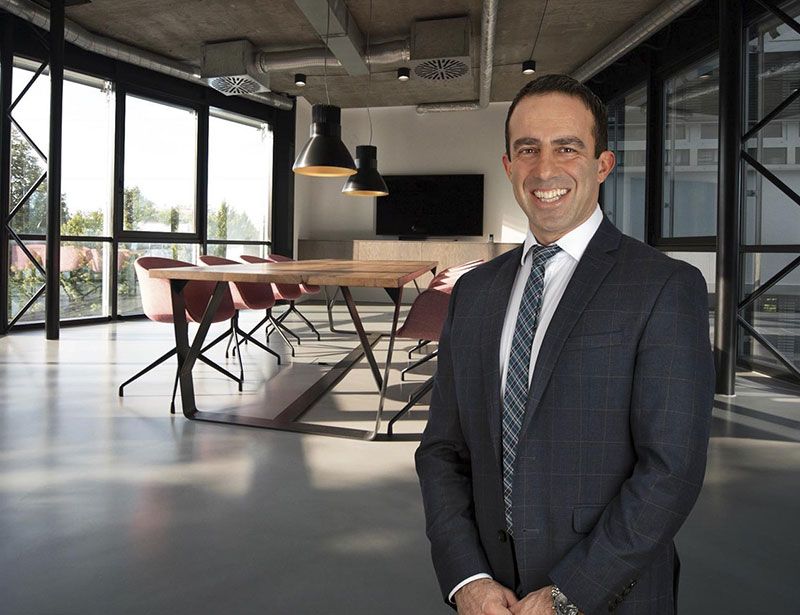
Why health is the future of fitness
Switching focus from selling memberships to a broader health agenda. Moris Lahdo, CEO of ACTIVIO, has strong views on what the fitness industry must do to survive the advent of Apple and Google. He speaks to Kate Cracknell
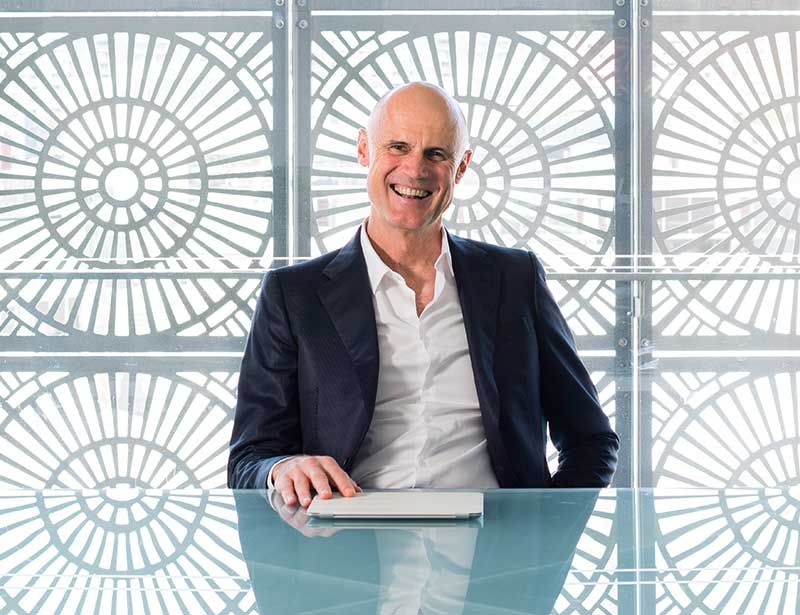
Phillip Mills
The vital importance of appealing to millennials, the secret of Peloton’s success, and the best cycling boutiques in the world. The founder and MD of Les Mills International speaks to Kate Cracknell

The future of indoor cycling
Personalising experiences, harnessing influencers and competing with Peloton. The future of fitness is digital – and it needn’t be intimidating. Indeed, technology offers health club operators the chance to grow and future-proof their businesses. Paul Bowman, CEO of digital fitness specialist Wexer, speaks to Kate Cracknell

Conceived, powered and funded by BODY BIKE®, RIDE HIGH has a simple mission: to celebrate and champion the very best of indoor cycling, sharing ideas, stories and experiences from around the world to inspire the sector on to even bigger and better things. Subscribe for free by leaving your details below and we'll send indoor cycling's hottest news direct to your inbox three times a year.


